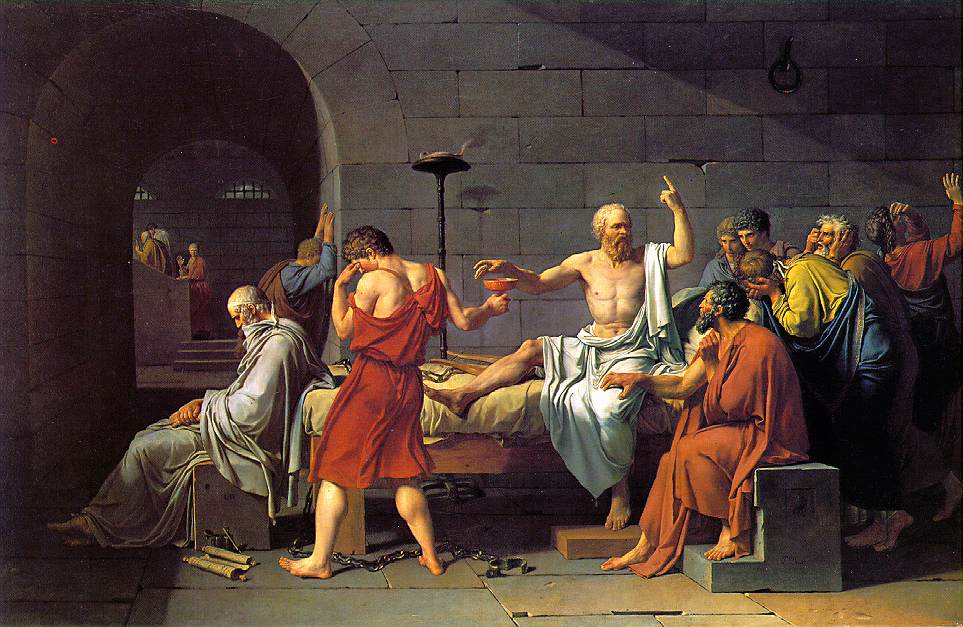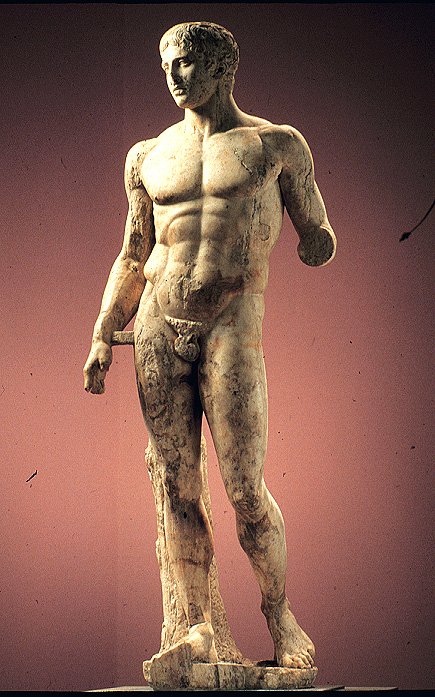Slide 1: Polykleitos, Doryphoros
Slide 2: Emperor Augustus, (Prima Porta)
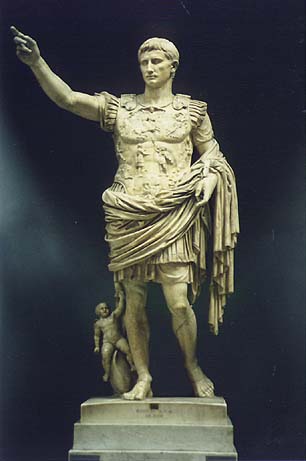
Slide 3: Donatello, David
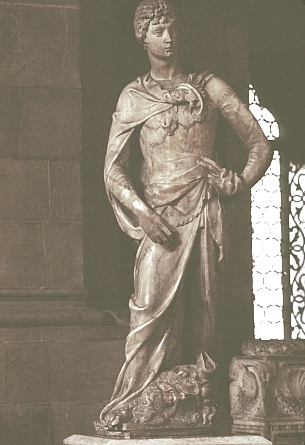
Slide 4: Antino's
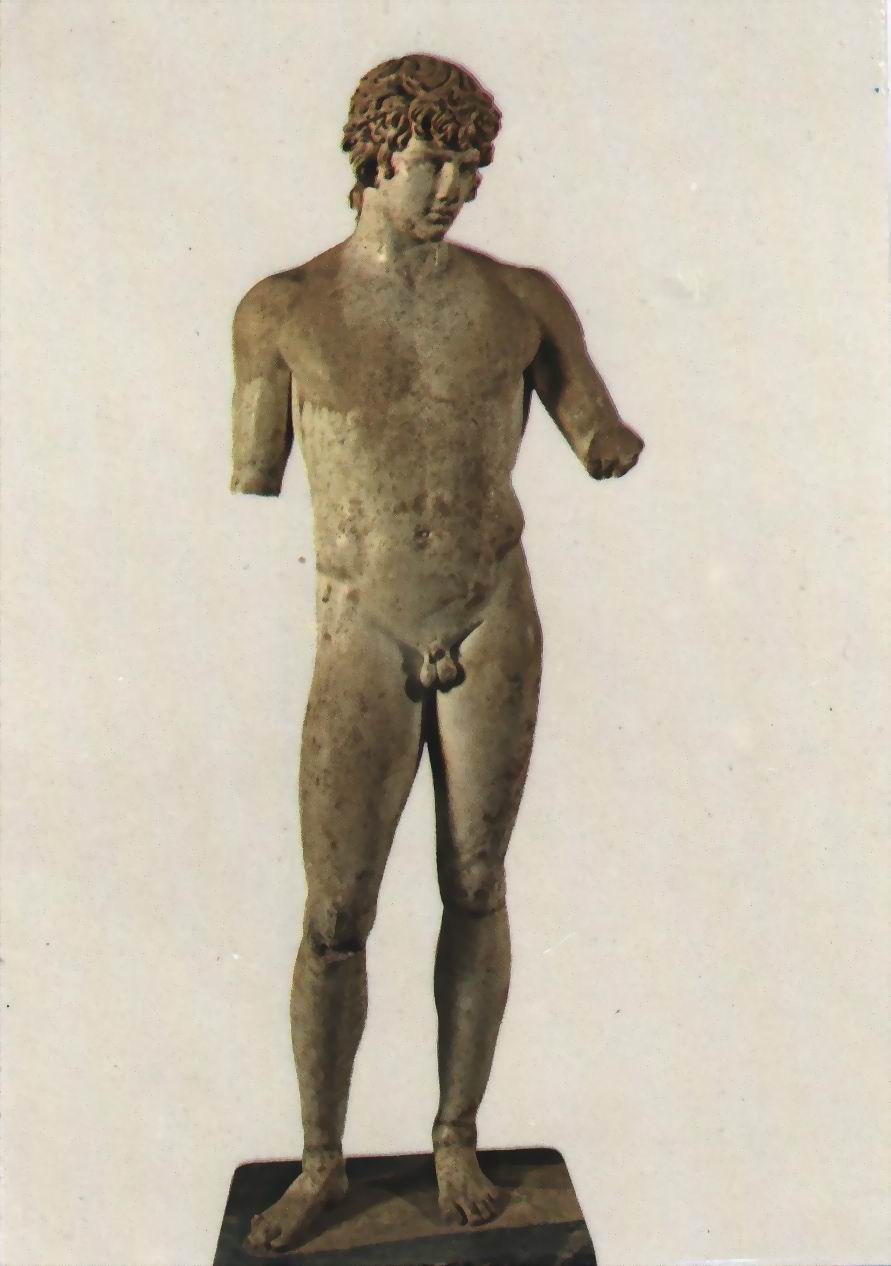
Slide 5: Verrocchio, David
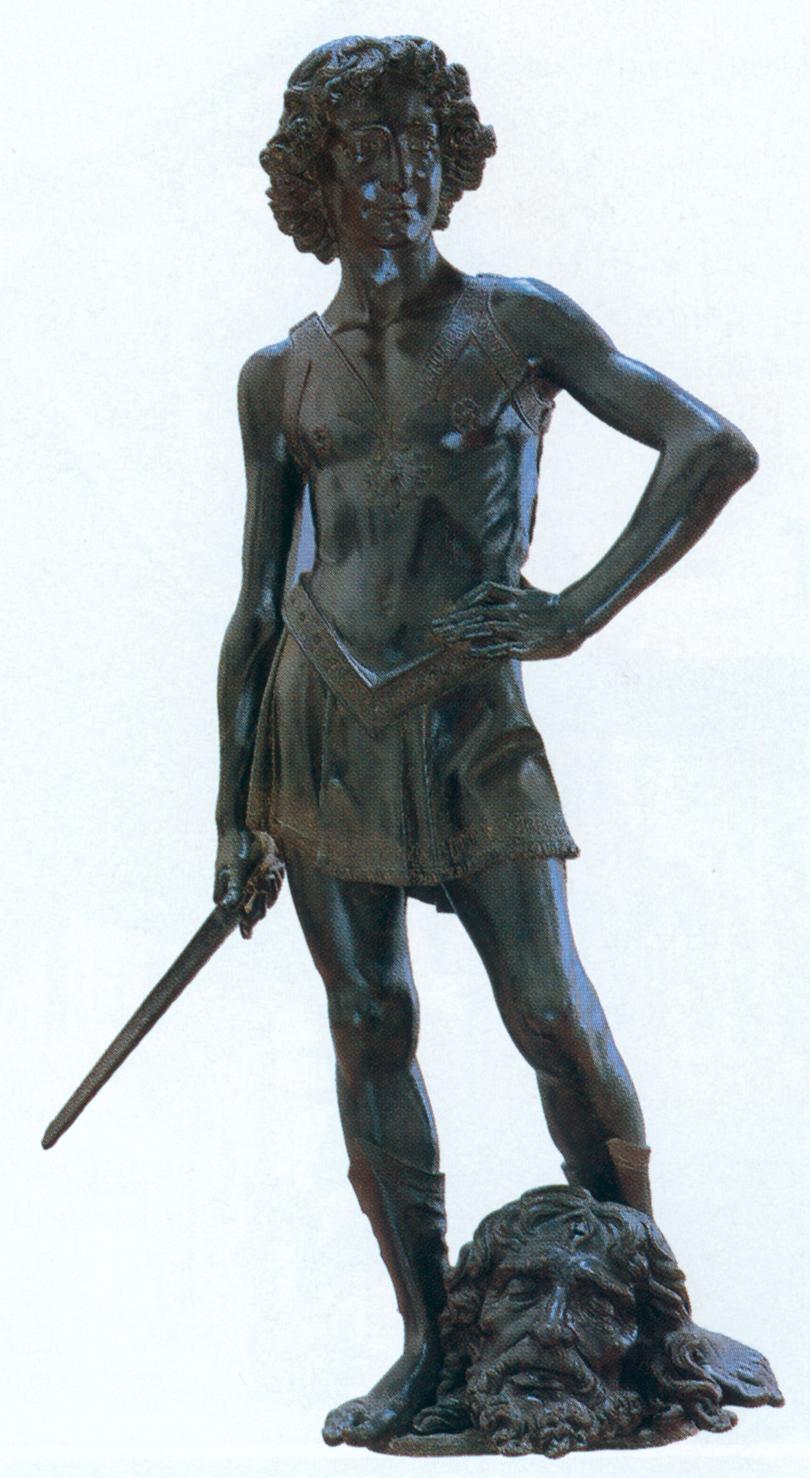
Slide 6: Bernini, David
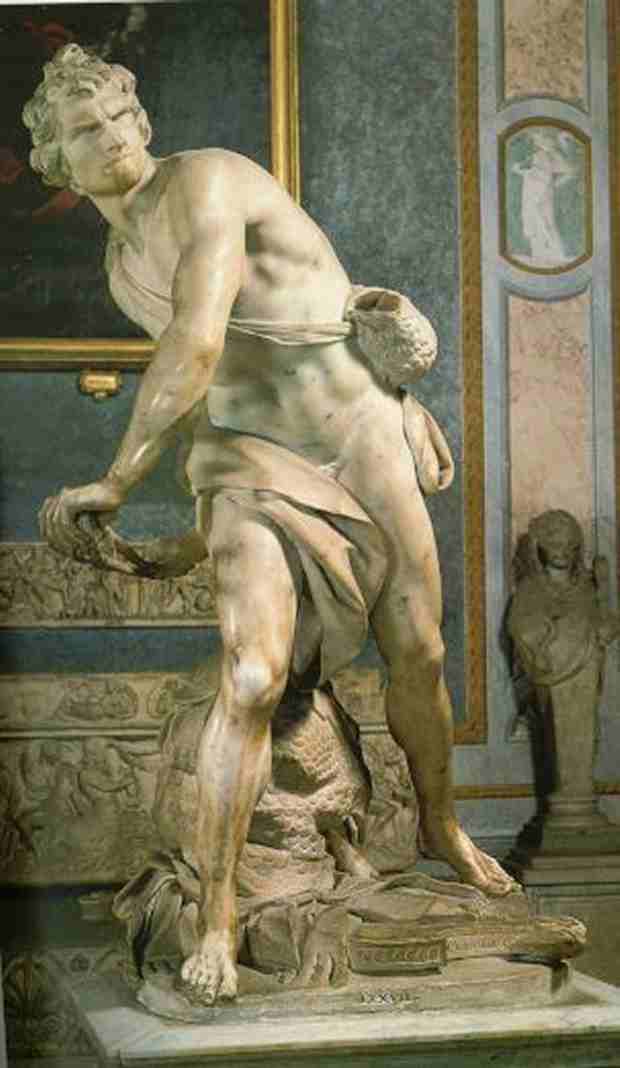
Slide 7: Pisanello, Medal of Alfonso of Aragon
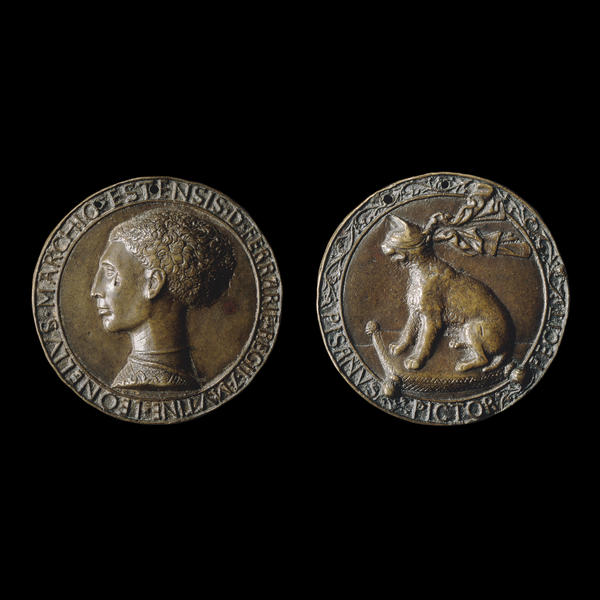
Cast bronze medal of Leonello d’Este, Marchese of Ferrara, by Pisanello Ferrara, Italy, around AD 1441 The little lion of Ferrara Leonello d’Este (1407-50) was born into the aristocratic ruling family of Ferrara, a small but wealthy city-state in northern Italy. However, he was an illegitimate son, and had to justify his power by his individual virtues – his wisdom, his sense of justice, his role as a peace-keeper and so on – rather than merely his parentage. He turned to Pisanello (about 1395-1455), probably the most famous Italian painter of his generation, with long connections to the Ferrarese court. He commissioned him to make a series of portrait medals, which would not only preserve his fame in the future, but also proclaim his strength as a ruler to his subjects. Leonello was an enthusiastic collector of ancient Greek and Roman coins, and Pisanello designed the medal with this knowledge of the art of antiquity in mind. He subtly idealized the portrait to suggest a similarity to the heads of Hercules wearing his lion-skin that appear on the coins of Alexander the Great (reigned 336-323 BC). These images were believed to be portraits of Alexander himself. Leonello’s curly hair takes the place of the lion-skin and it has been modelled rather like a lion’s mane, a reference to Leonello’s kingly nature (the lion is the king of beasts) and a play on his name, which translates from Italian as ‘little lion’. He may have been the first prince to commission a type of portrait that was similarly durable, portable, and sophisticated — the medal. Though larger and more impressive-looking than coins, medals also consist of a profile portrait with an inscription identifying the sitter on one side (the obverse), and an emblem or symbolic composition with a Latin commentary on the reverse Diameter: 68 mm
Slide 8: Roman holding busts of his ancestors
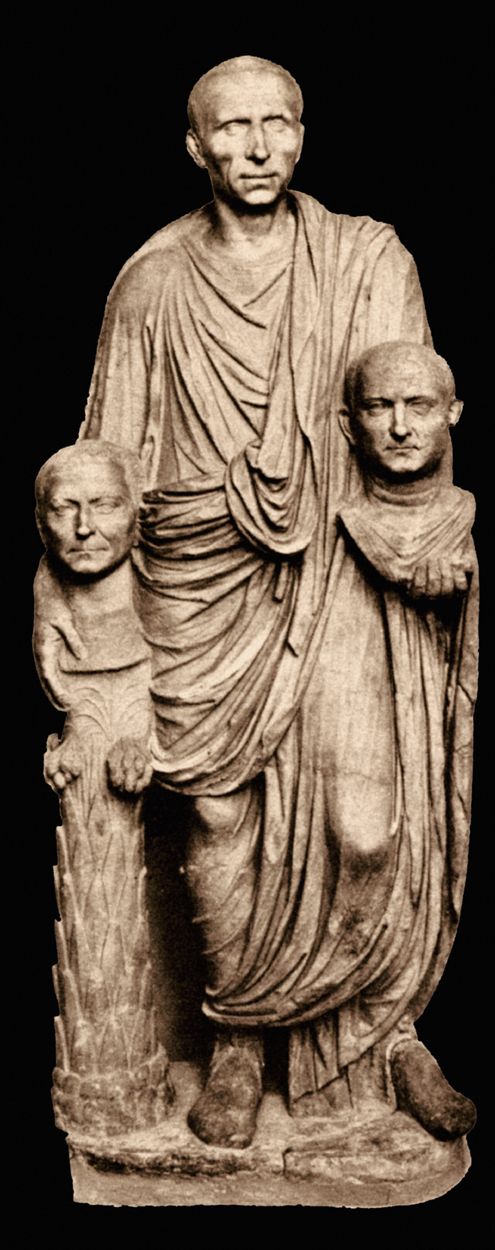
Slide 9: Bust of Marcus Aurelius
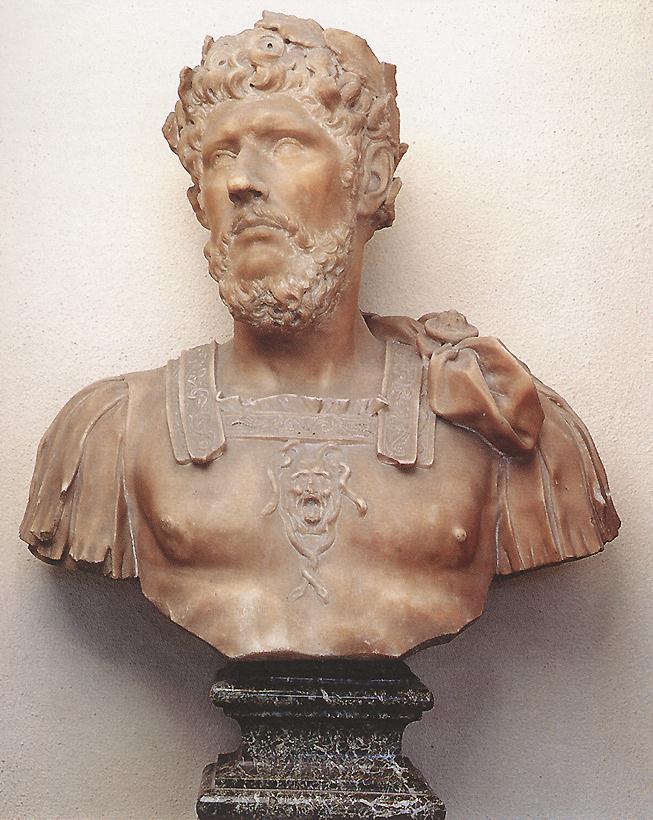
Slide 10: A.Rossellino, bust of Chellini
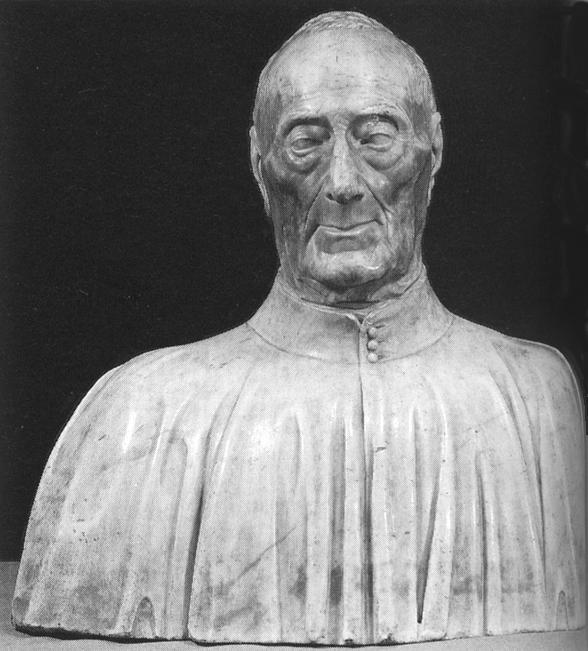
Slide 11: Bernini, bust of Louis XIV
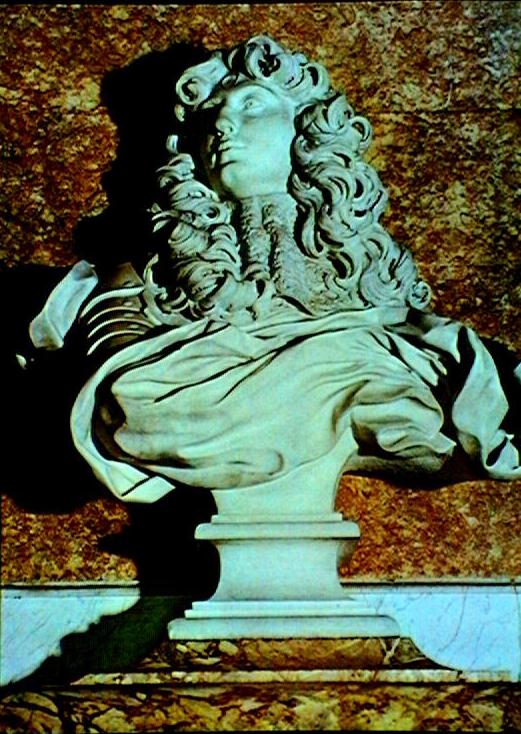
Slide 12: Hephestaeion, Athens
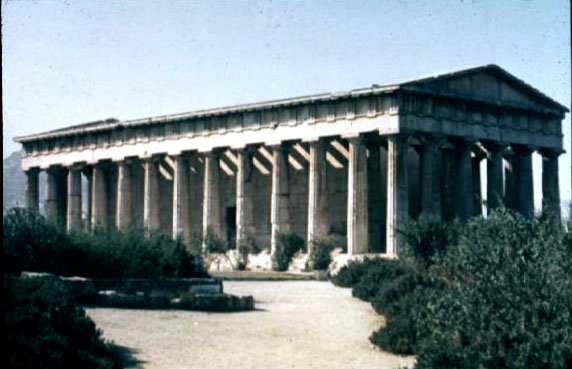
Slide 13: Maison Carr'e, Nimes
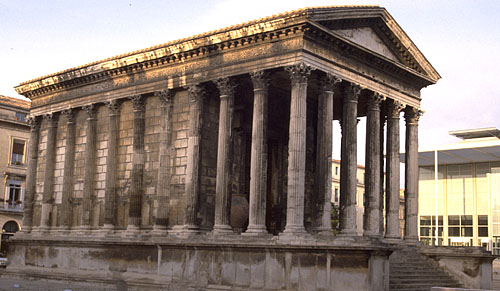
Slide 14: S.Maria del Popolo, Rome
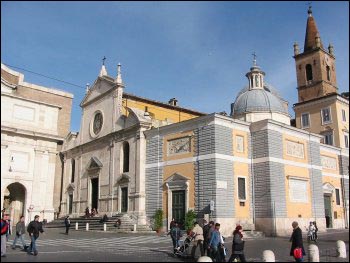
This is one of the first examples of the Renaissance style in Rome. The building, commissioned by Sixtus IV, was finished in 1477. The interior abounds in Renaissance features. The latin cross plan is used in preference to a basilical one. Above the altar is the fresco by the painter Pinturicchio (1454-1513) and in the Cerasi chapel there are two Caravaggio’s despite its simple exterior, the church contains art treasures worthy of a museum
Slide 15: I Gesu, Rome
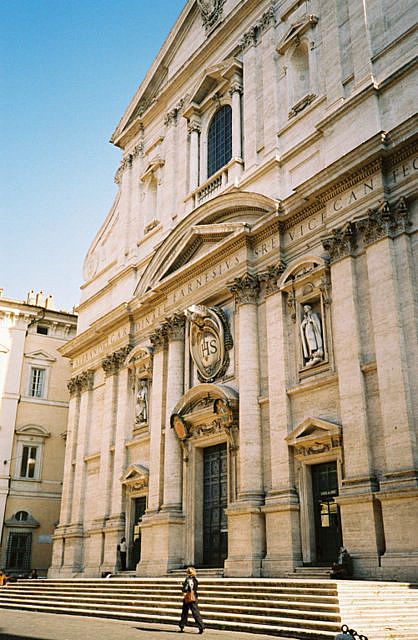
Slide 16: Il Redentore, Venice
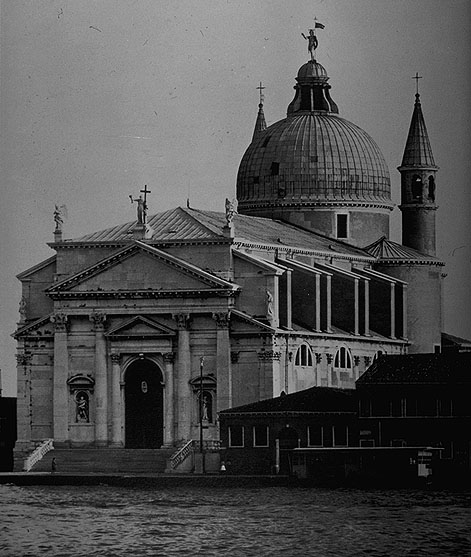
Slide 17: S.Carlino, Rome
The church and the convent located a the Four Fountain cross – road was designed by Borromini in 1634. The church, dedicated to S. Carlo, is very small and it is also known as ‘S. Carlino.’ Note: the oval dome with its ingenious little lanterns. Finished in 1667, the façade is one of Borromini’s last works. In the crypt a small curved chapel reserved for him remains empty, because he committed suicide in 1667.
Slide 18: St Pancras, London
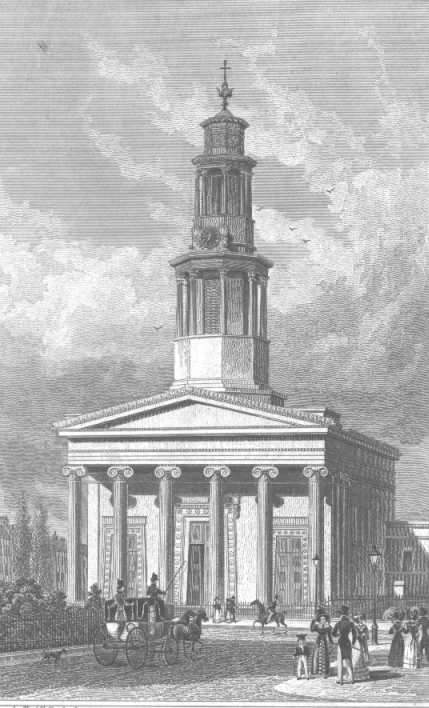
Slide 19: Ghiberti, Crucifixion
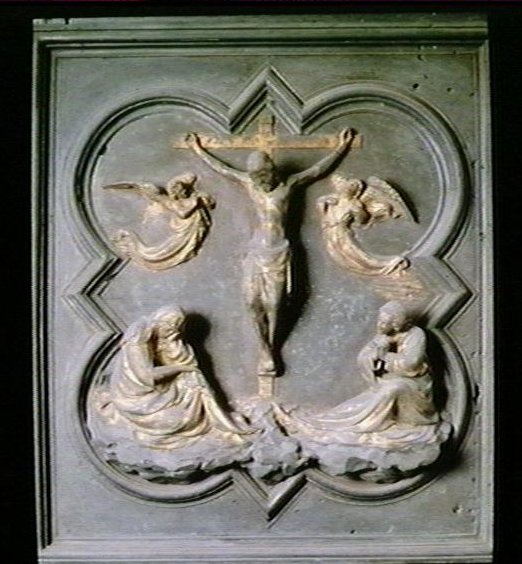
Slide 20: Ghiberti, north doors of baptistry, Florence
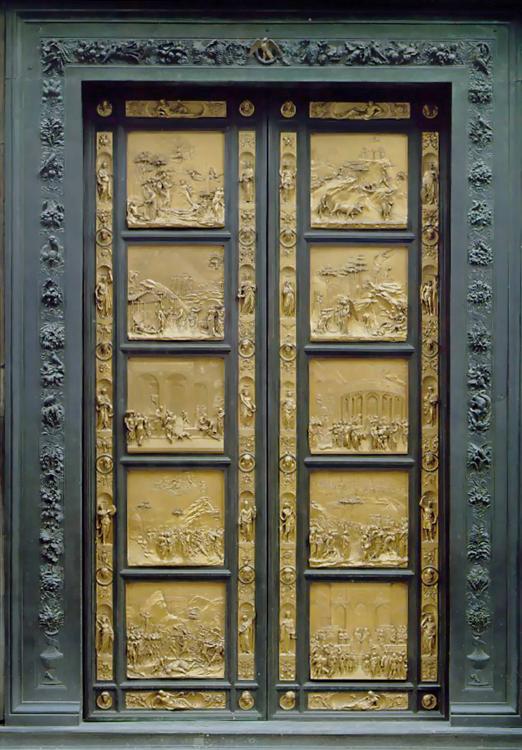
Slide 21: Ghiberti, Flagellation
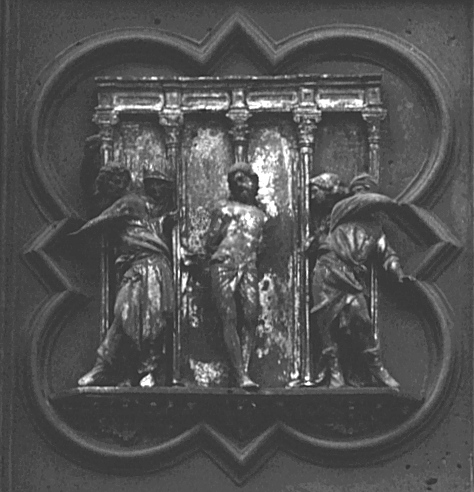
Slide 22: Ghiberti, Jacob and Esau
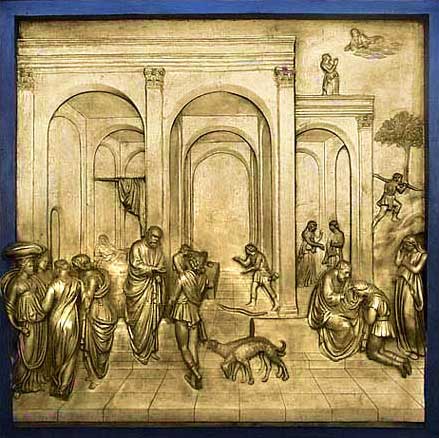
Slide 23: Ghiberti, 2 doors, Florence baptistry(image not found)
Slide 24: Botticelli, Birth of Venus
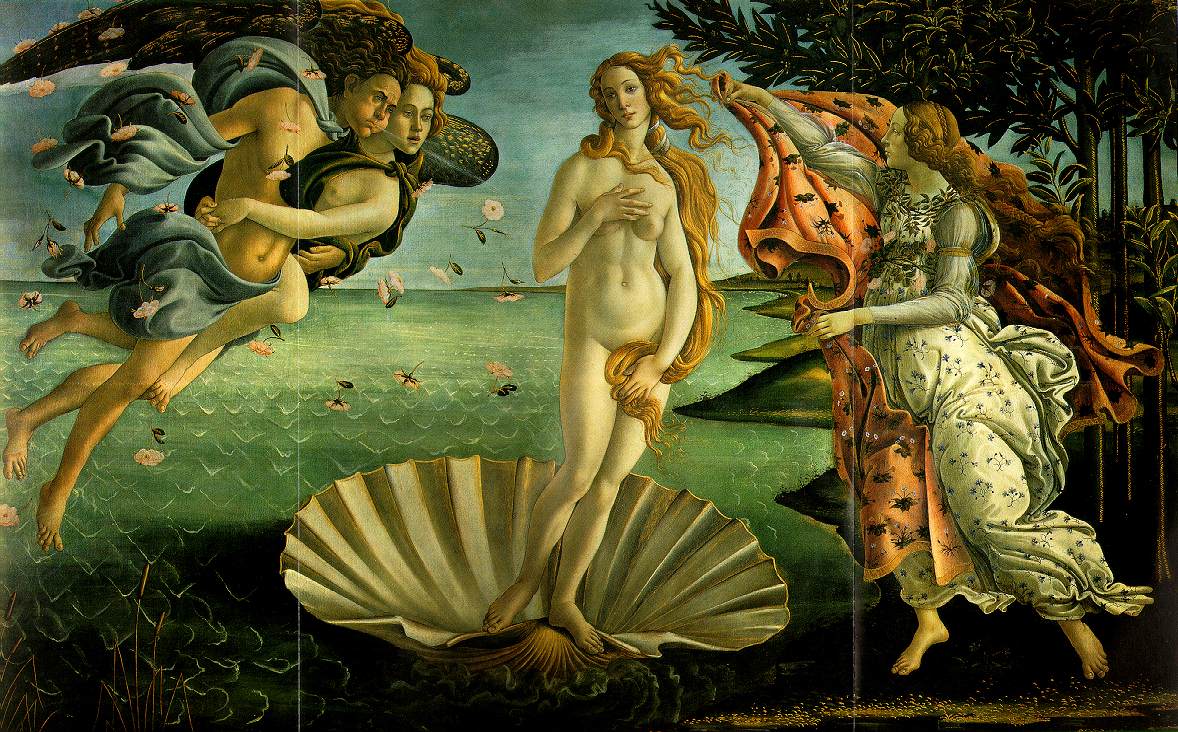
Slide 25: Mantegna, Triumph of Scipio

Slide 26: 15thc tapestry, Narcissus
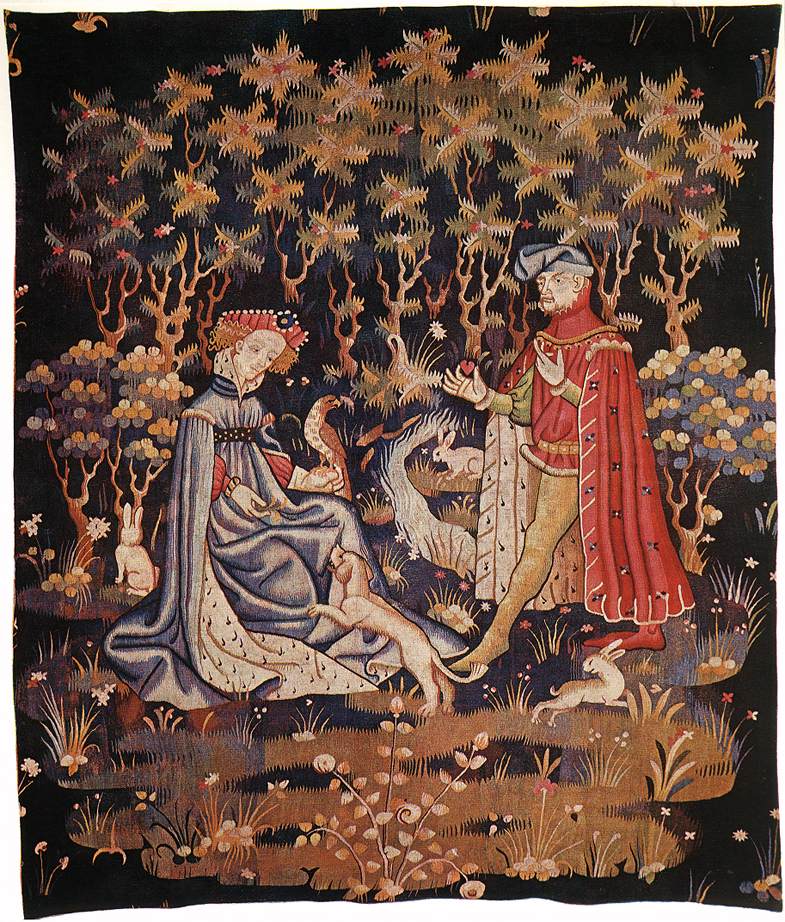
Slide 27: 15thc tapestry, Titus and Vespasian(image not found)
Slide 28: Titian, Diana and Actaeon
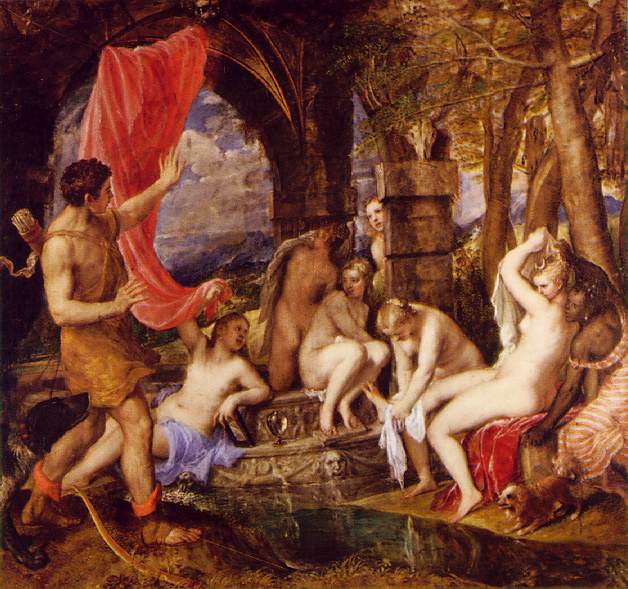
Slide 29: Poussin, Mars and Venus
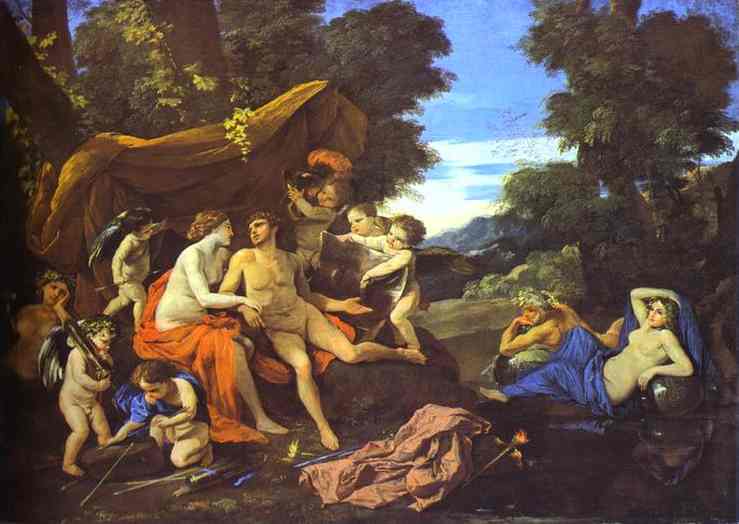
Slide 30: Claude, Judgement of Paris
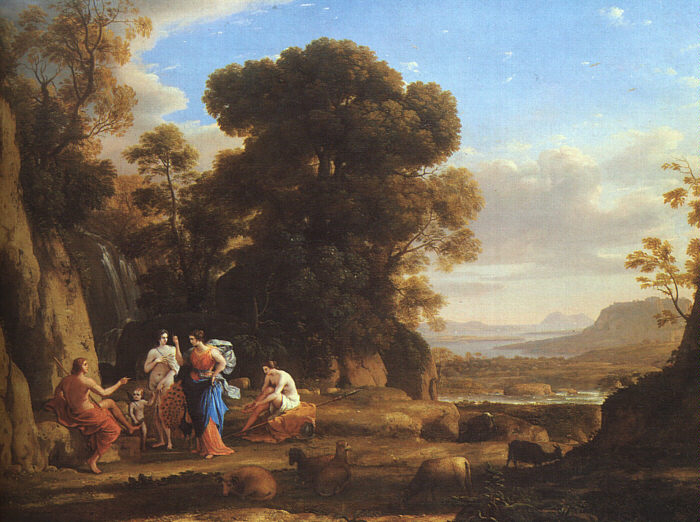
Slide 31: Canova, The Three Graces
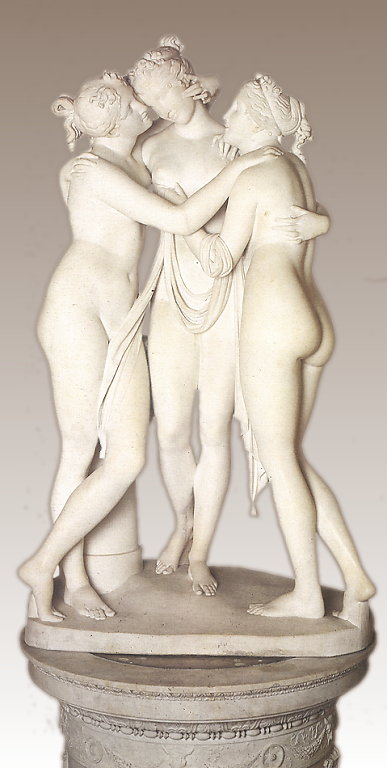
Slide 32: David, Oath of the Horatii
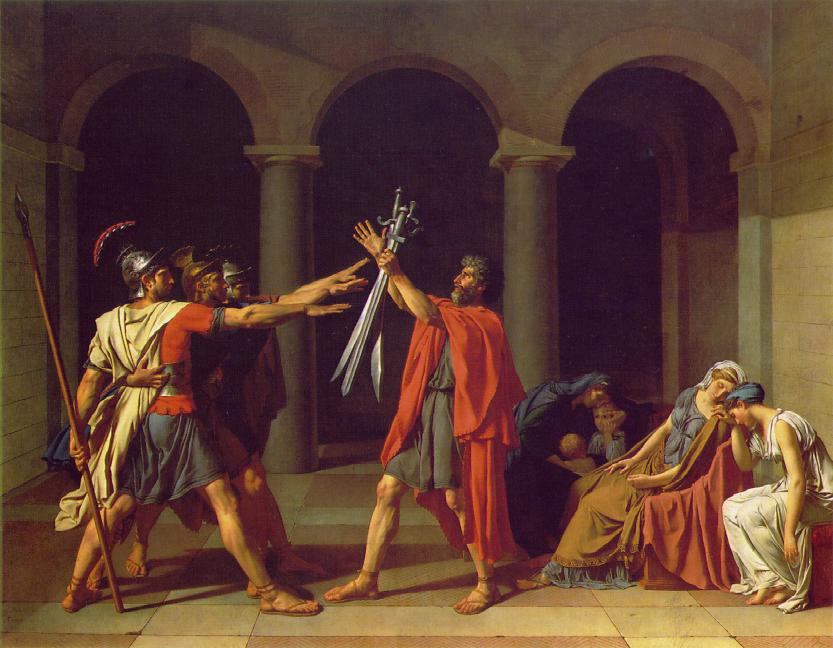
Slide 33: David, Death of Socrates
